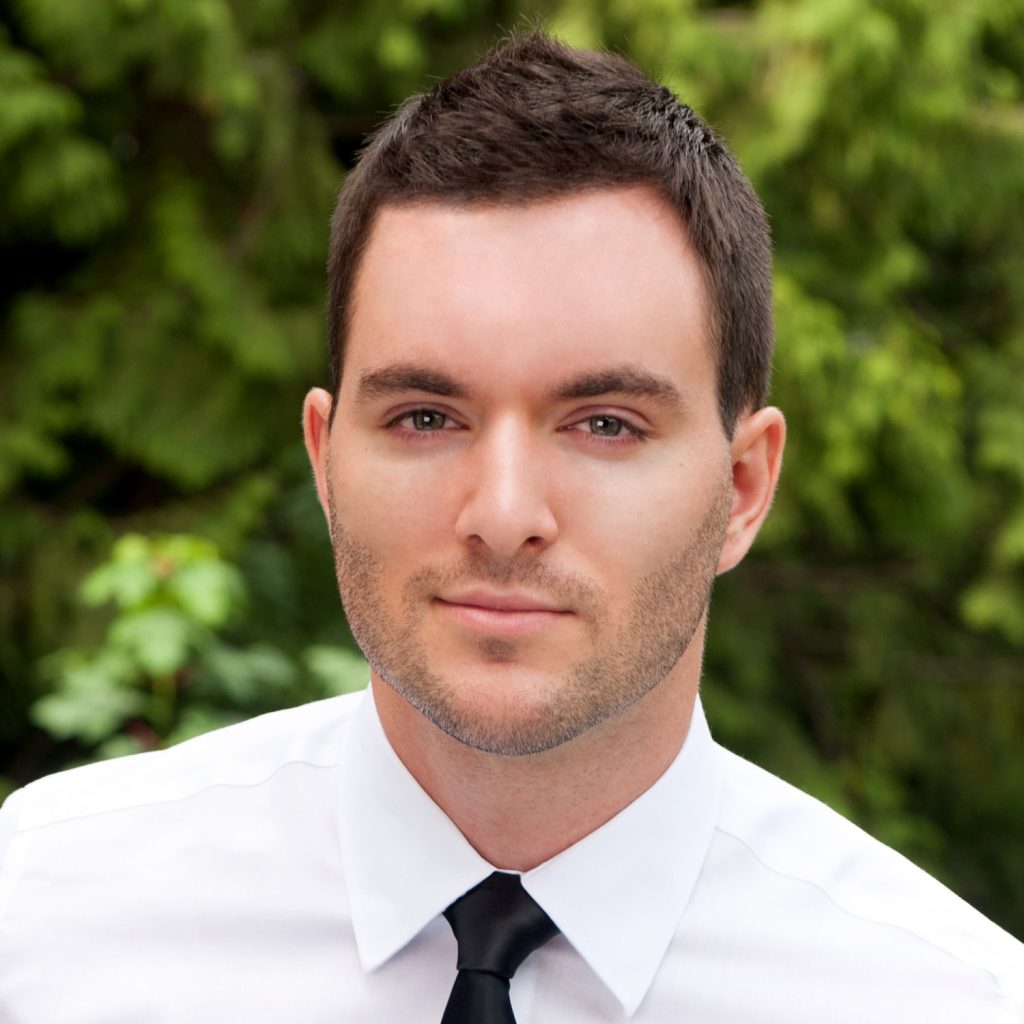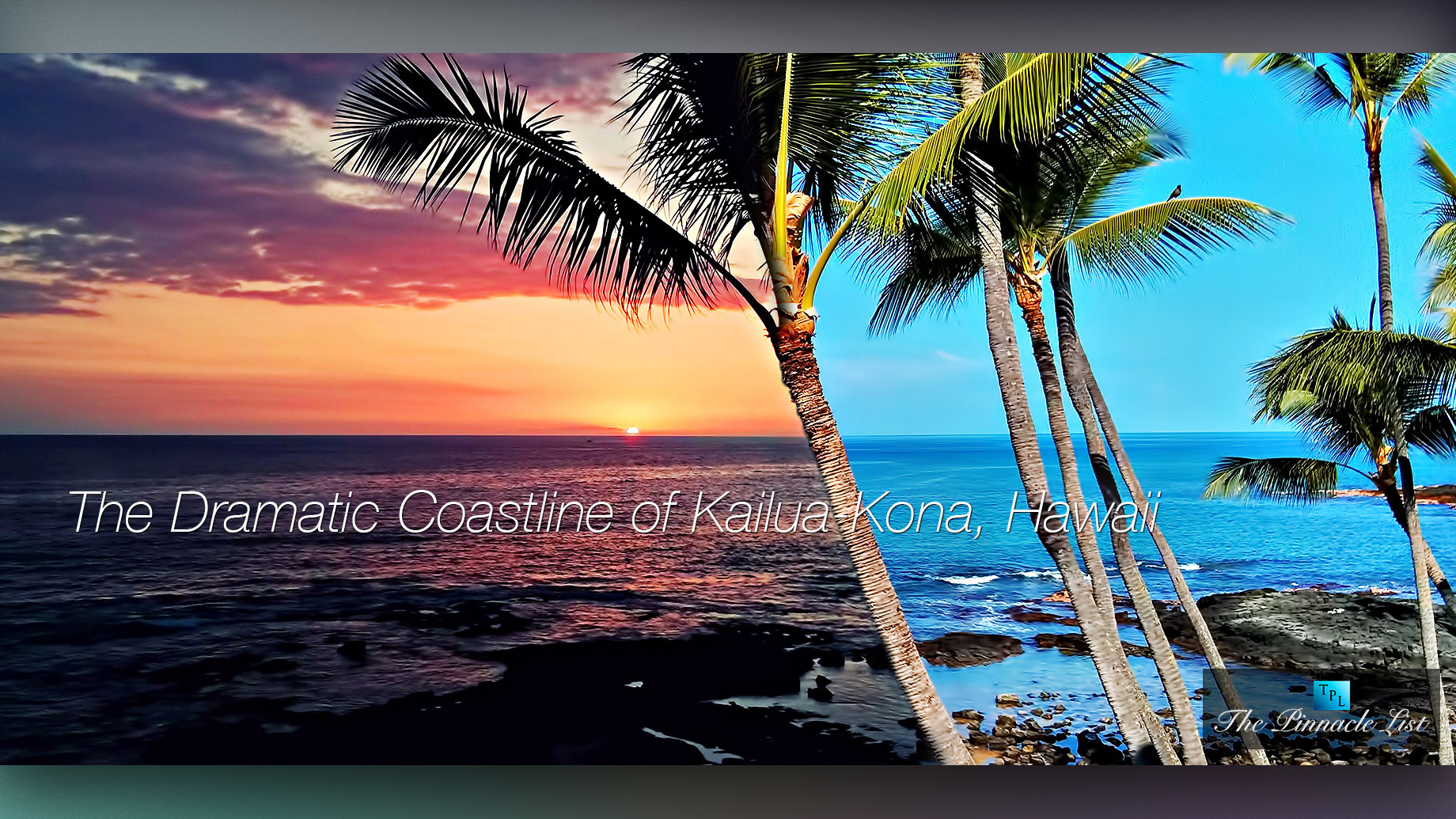
When we visited and stayed on the Big Island of Hawaii for a number of days to shoot photography at the Water Falling Estate, our team at The Pinnacle List was immensely impressed by the dramatic coastline topography and weather patterns that swept through the locations we visited. Nature seemed to be in constant flux in the Kailua Bay area, with crashing waves eroding the shorelines made of volcanic rock sloping down from Hualālai, a volcano that last erupted from 1800 to 1801.
This community was first established by King Kamehameha I, as Kailua-Kona became the capital of the newly unified Kingdom of Hawai’i between 1812-1820. The capital later moved to Lāhainā, then to Honolulu in 1845. On January 17, 1893, the Kingdom was overthrown and the Republic of Hawaii was established, which gave way to the Hawaiian Islands becoming the 50th U.S. State on August 21, 1959.
After the Hawaiian royal family departed from Kailua-Kona when the capital was moved, the community primarily became a small fishing village up until the late 1900s. In the late 20th century and into the 21st century today, the region has continued to prosper with new real estate developments for residential, commercial, and resorts – fuelled a boom in tourism and investment.

While walking along the shoreline, many sea turtles can be spotted either searching for food or resting on the coastline, sheltered from any potential predators in the deep Pacific Ocean. Protected by the Endangered Species Act of 1973 (ESA) under Hawaii State Law, turtles such as the one pictured below have no reason to fear tourists in Hawaii.
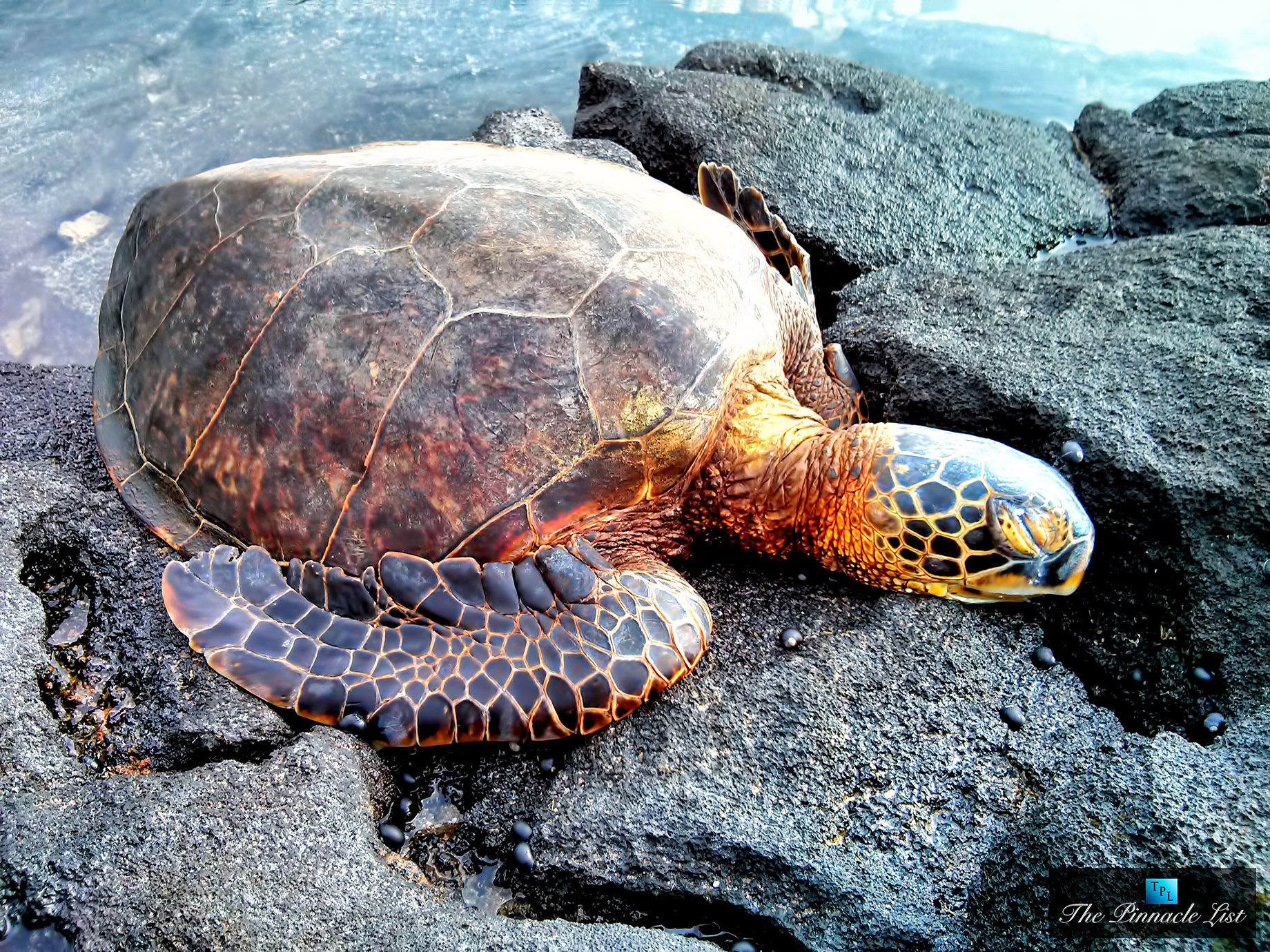
That sea turtle was sleeping ever so peacefully. It was an amazing experience being able to see this beautiful timid creature in such a still state, as we were able to observe every detail of its incredible shell. It was fascinating.
According to research done by Kauai Sea Tours in Eleele, Hawaii, turtles native to Kailua-Kona can live up to 100 years.
The calm sea climate of Kailua-Kona is perhaps what helps these turtles live so long. Surprisingly with its typical cloud cover, Kailua-Kona is generally dry, with an average annual precipitation of 18.4 inches (467 mm). Mornings are typically clear while thermal clouds created in the day raise the temperature during the day.
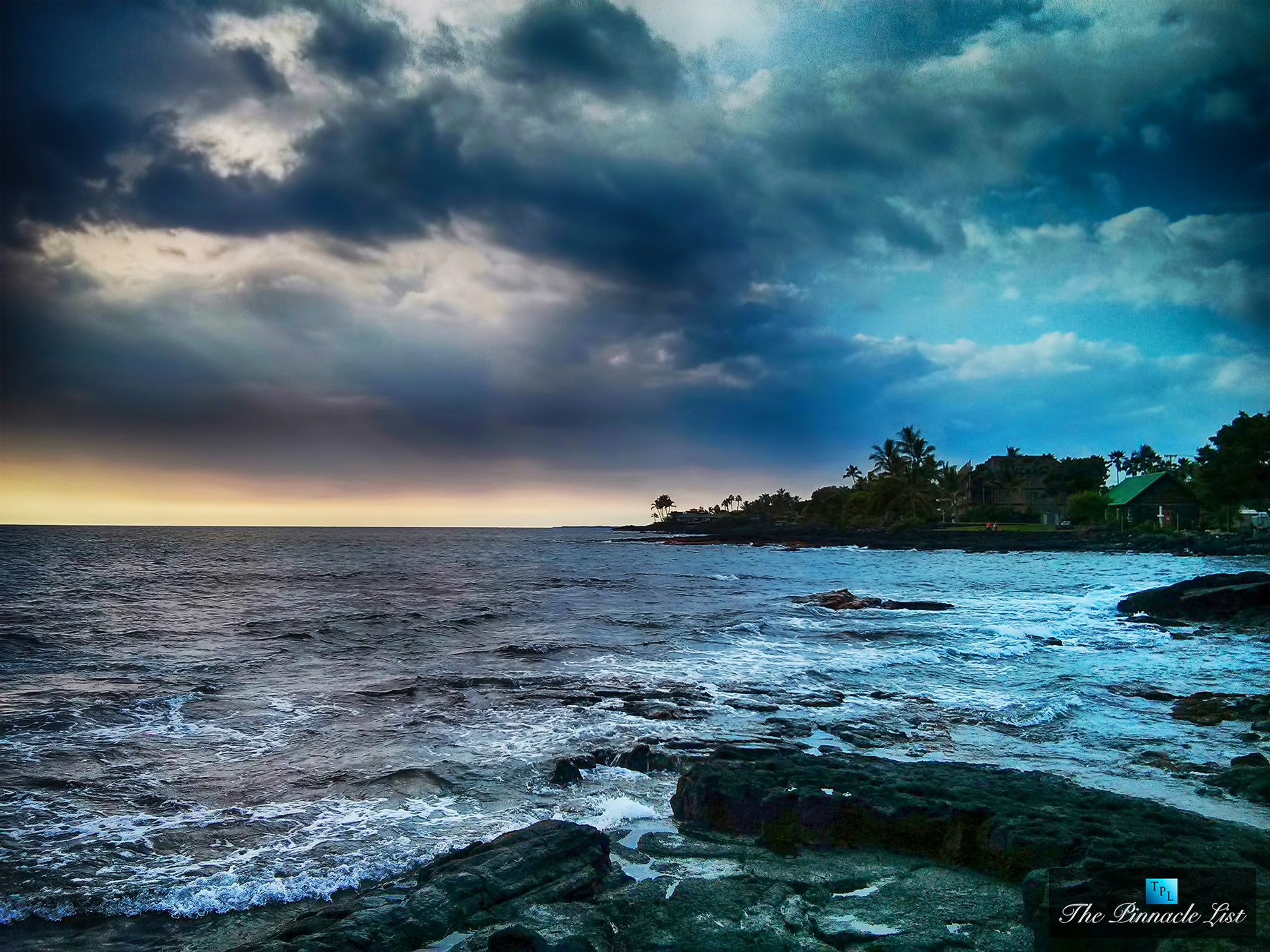
Clouds in this region are not what you would typically think of though. They usually do not carry precipitation. Instead, locals call it vog, which is a form of air pollution that results when sulfur dioxide and other gases and particles emitted by an erupting volcano react with oxygen and moisture in the presence of sunlight.
Fog covers parts of the Kona coast at times depending on the activity of the Kilauea volcano, which was active when we visited the island. This can add a whole other element to the spectacular sunsets that dramatically reshape the sky of Kailua-Kona into a spectacle unlike any other destination known for incredible sunsets worldwide.
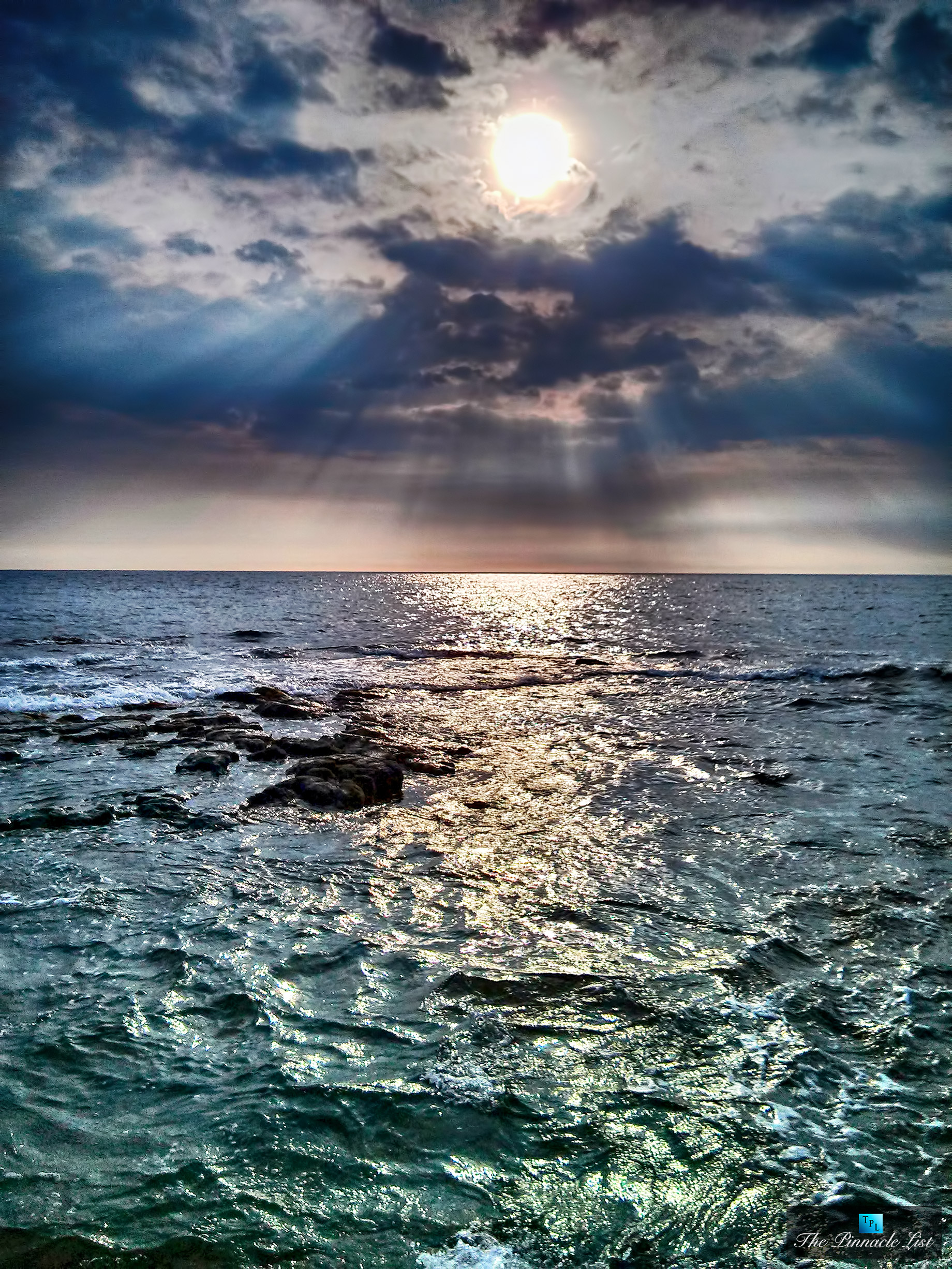
The way the sky transforms from a clear day with blue sky, to navy blue, onto purple with vog makes you feel like you’re on any other planet but Earth, is just breathtaking. The video below illustrates that transformation.
Just before the sun sets and rises into another timezone, the Hawaiian sky melts into a fiery mix of orange color, looking reminiscent of a sky you would typically see in a Disney Pixar film. This wasn’t animation though, this was real, an awe-inspiring sunset that adds to any luxury travel experience.
The sun would eventually drown on the horizon, with its rays of light glimmering into the darkness of the clouds.
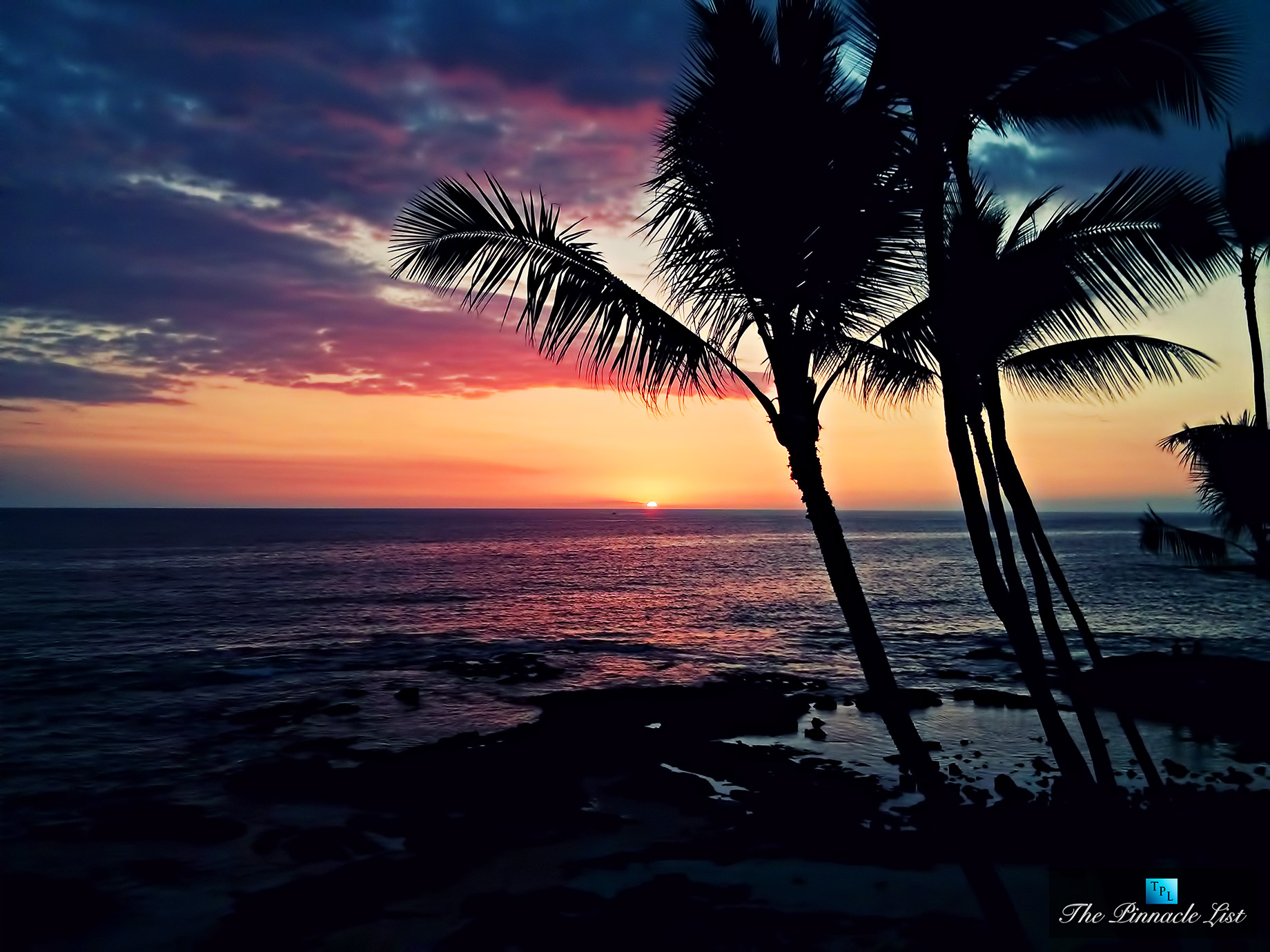
The lasting impression we got from this unique region of the Hawaiian Islands was that this part of the world is both bold and beautiful with dramatic natural elements in the sea and sky that make it a location that feels almost heavenly.
